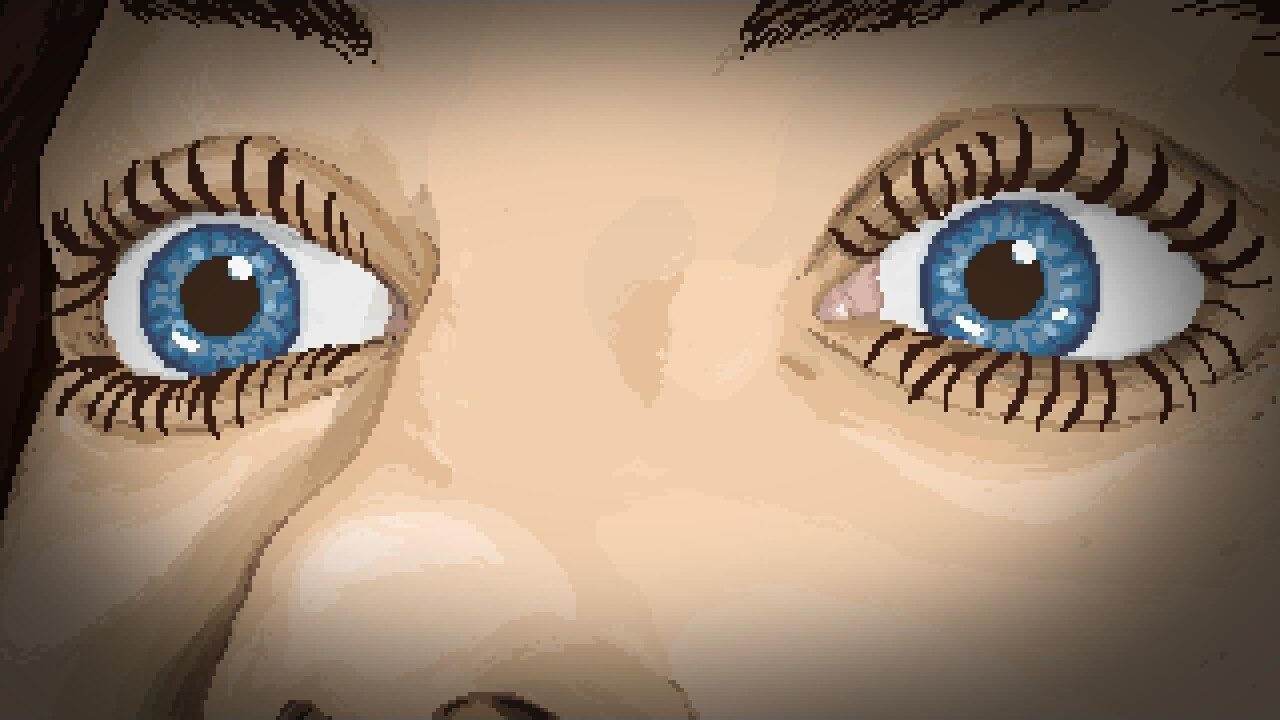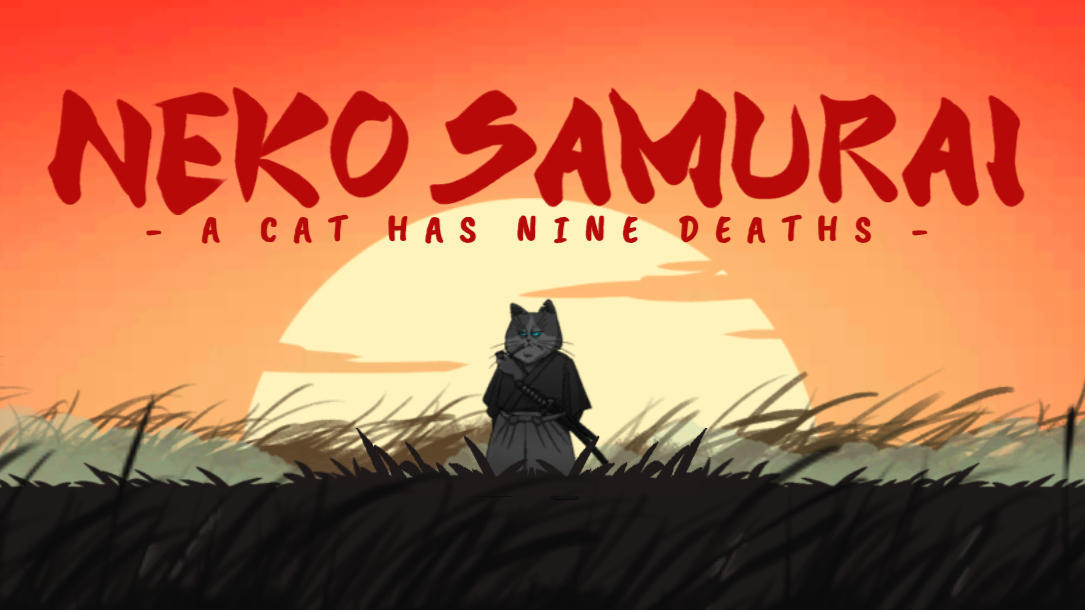Learning to love The Witcher through a really great card game - Gwent: The Witcher Card Game
20K View2022-10-15
I’ve been dying to play Gwent: The Witcher Card Game for some time now. Strangely, I’ve yet to read any of the books written by Andrzej Sapkowski or play any of the games that kick-started the franchise’s rise to fame. But I was absolutely enthralled by Netflix’s live-action The Witcher series. That alone was enough to get me interested in Gwent, and that interest was helped along by the fact that I love card games.
If you haven’t heard of Gwent, it’s a card game deriving from The Witcher books, and it was featured as a mini-game in The Witcher 3: Wild Hunt. Gwent eventually became a stand-alone title developed and published by CD Projekt on PC, PlayStation 4, Xbox One, Android, and iOS. This free-to-play title blends card collecting and trading with fast-paced, strategic gameplay.

Like most card games, narrative is almost nonexistent in Gwent. I was expecting at least a bit of storyline buildup, considering this card game is derived from one of the most widely-known, story-dense fantasy franchises in the world. Instead, the game throws you right into playing cards.
However, little to no effort was needed to understand the vast world Gwent exists within. In some ways, the lack of story felt like a relief; I wasn’t totally prepared to absorb every little tidbit of information about The Witcher’s universe just yet. Easing into things by learning about different creatures and characters through the cards I collected felt like a much gentler introduction.
Those cards make up one of Gwent’s greatest strengths. Each card showcases intricately designed artwork and features unique sounds and animations that bring the beasts and mythical beings of this world to life. There’s no lack of digital card games with strong production values these days, but Gwent provided an unparalleled experience when it came to immersing me in its world.

Gwent never really stops providing new experiences either. Take the game’s combat system for example, which is quite different from any of the dozens of other card games I’ve played. Instead of battering down opponents’ cards and knocking down health points, Gwent is all about having the most points at the end of each round. Points are determined based on the health points of units I’ve placed on the battlefield using my cards. Each match only lasts three turns max, and a player only needs to win two of the three turns to win the match as a whole, but turns can go on for as long as a player has cards left to play. However, acquiring points and winning requires a more thoughtful approach than just slapping down every card in your hand as soon as you can.
Where many cards games opt for strategy based around countering an opponent’s moves, dwindling down their health, and preparing for a one-turn kill, Gwent aims for a more psychological approach. I needed to think very carefully about whether I wanted to place cards and ramp up more points during a particular round or be patient with my hand and go all-in the following turn. Individual cards provide status effects and abilities that make winning even more of a perplexing challenge.
One of the eternal questions that every card game has to contend with is that of RNG. Is winning a matter of chance, of drawing the right card at the right time, or is skill more important? Thankfully, Gwent definitely falls into the latter category. Luck came into play from time to time in my matches, but winning depended on my ability to understand the battlefield. I found conceptualizing strategies and testing my ability to solve problems under immense pressure to be quite of a thrilling and rewarding experience.

Another concern with any established digital card game when you’re first jumping in is whether or not you’ll be behind the curve and not have access to overpowered cards that other players have in their collections. Gwent generously provided me with many cards in my first hours playing, and those proved to be enough to keep me going for many hours to come. Further card packs can be purchased using earnable in-game currency, and picking up packs via real-money microtransactions is also an option, though I never felt like it was necessary to enjoy the game.
With enough time in the game, I had everything I needed to relish Gwent to the fullest and do so without trouble. Gwent embraces a play-to-win mentality and gives more than expected rather than settling for less. Its strong design fundamentals make for refreshing gameplay, which is paired with dynamic and beautiful visuals and animations across its cards. And it’s left me thinking that maybe it’s finally time to give The Witcher 3 a shot.
SCORE: 4 STARS OUT OF 5
PLAY IF YOU LIKE:
• Legends of Runeterra. If you’ve played Riot Games’s Legends of Runeterra for its beautifully designed cards and animations, you may enjoy Gwent: The Witcher Card Game for the same thing. Feel free to read my review of Legends of Runeterra on TapTap.
• Hearthstone. If you love conceptualizing strategies and playing card games like Hearthstone, you might want to try Gwent: The Witcher Card Game.
💬 Have you ever played Gwent: The Witcher Card Game? If so, what’s your favorite character from The Witcher franchise and why?
CHECK OUT SOME OTHER RECENT REVIEWS FROM TAPTAP:

Repetition can be a good thing, and that bears repeating - That Level Again Review
https://m.taptap.io/post/1770562

Journey to a quaint village with a dark secret - Should you play The Excavation of Hob’s Barrow?
https://m.taptap.io/post/1769349

Felines and Frogs Throw Down in the Land of the Rising Sun – Neko Samurai Review
https://m.taptap.io/post/1768903
Mentioned games
TapTap looks better
on the app





